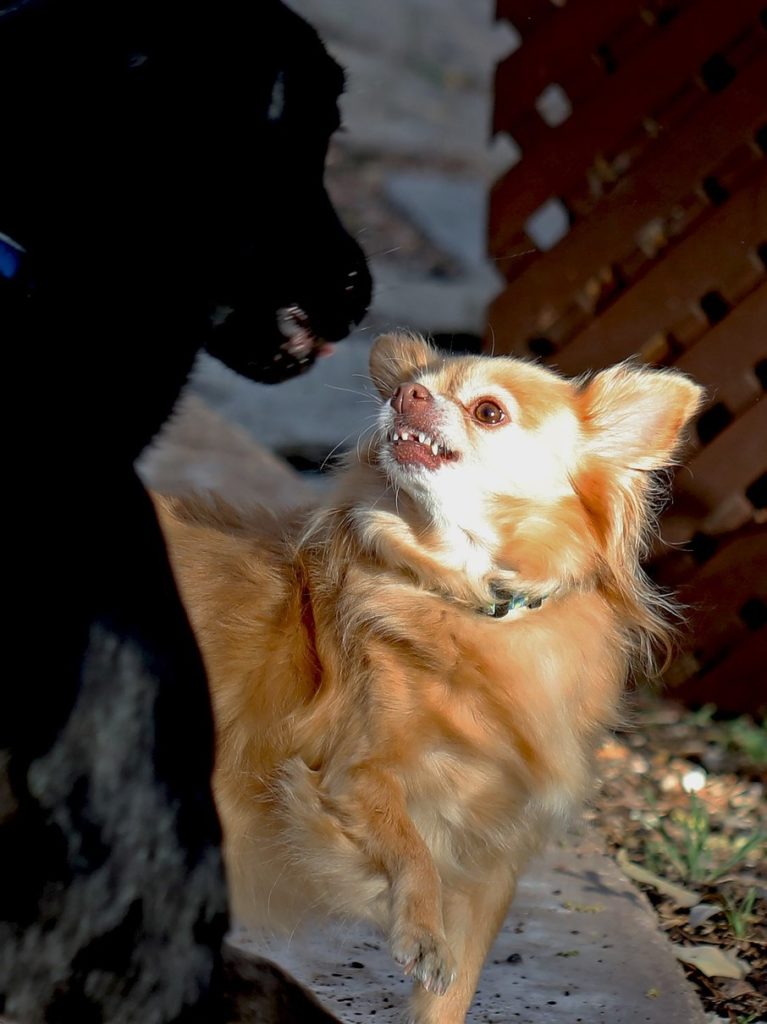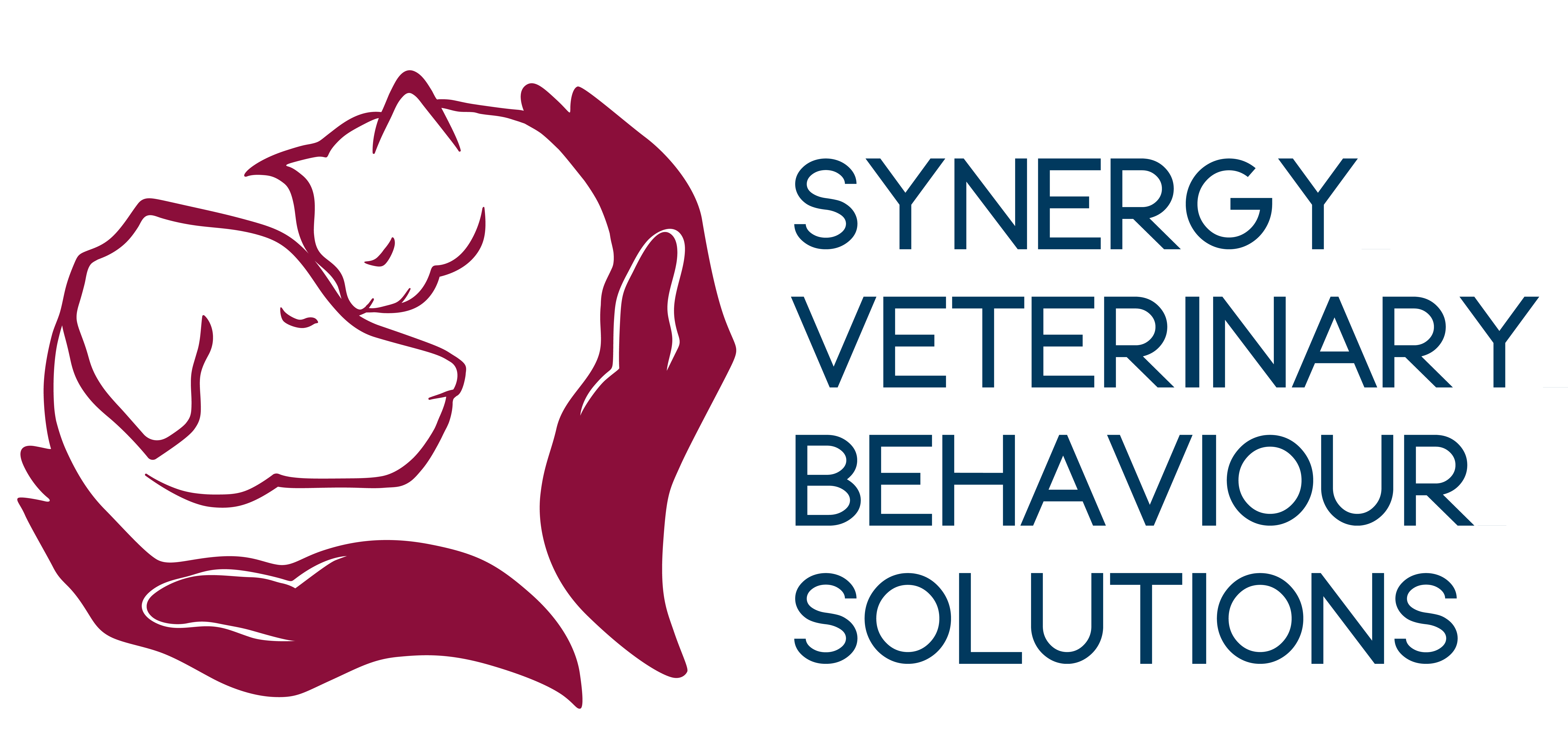
Canine aggression is a complex and concerning behaviour problem that can pose risks to both dogs and humans. It’s essential for dog guardians to have a understanding of the causes, warning signs, and treatment options available for canine aggression.
In this blog post, we will explore these aspects to shed light on this critical issue and provide valuable insights for pet guardians.
Warning Signs of Canine Aggression
Recognising the warning signs of canine aggression is crucial for early intervention and prevention of potential harm.
These signs may include growling, snarling, snapping, lunging, biting, raised hackles, intense staring, stiff body posture, and excessive barking. It is important to know that if the early signs are ignored (such as staring, tense body posture or avoidance of interactions like turning away or crouching), that aggression can progress. See the below ‘canine ladder of aggression’.
Each individual dog may not progress up the ladder in a step-by-step fashion; some dogs have a short latency to react (i.e. a shorter fuse) than others, and it also depends on how threatened they feel in a particular situation.

It’s important to note that aggression can manifest in different contexts, such as territorial aggression, fear aggression, resource aggression, or impulse control aggression.
Causes of Canine Aggression
Canine aggression can stem from various factors, including genetics, upbringing and early experiences, socialisation experiences, fear, pain, and underlying medical conditions. Some dogs may be predisposed to aggression due to genetic factors, while others may develop it as a result of traumatic experiences or lack of proper socialisation during their critical development period.
Treatment Options for Canine Aggression
Addressing canine aggression requires a comprehensive approach that involves understanding the underlying causes and implementing appropriate treatment strategies. Here are some commonly employed methods:
1. Behaviour Modification
Working with a behaviour veterinarian experienced in aggression cases can be immensely helpful. They will create a tailored behaviour modification plan that focuses on desensitisation, counterconditioning, and positive reinforcement techniques to modify the dog’s need to display aggressive responses.
2. Environmental Management
Implementing environmental changes can help reduce triggers and stressors that contribute to aggressive behaviour. This may include creating a safe and predictable environment, managing resources to prevent guarding behaviour, and providing mental stimulation through enrichment activities.
3. Medical Intervention
It’s important to rule out any underlying medical conditions that might be contributing to aggression. Pain or discomfort resulting from an illness or injury can cause a dog to exhibit aggressive behaviour. Consultation with a veterinarian will help determine if medical intervention, such as medication or pain management, is necessary.
4. Training and Socialisation
Early socialisation and obedience training are essential for preventing aggression in dogs. Properly socialising a puppy and teaching them appropriate behaviour can help shape their responses to various situations and build their confidence.
5. Responsible Ownership
Responsible pet ownership plays a significant role in managing canine aggression. This includes providing regular exercise, mental stimulation, a balanced diet, and ensuring a loving, structured, fair and consistent environment for the dog.
Final words
Understanding the causes, recognising the warning signs, and implementing appropriate treatment options for canine aggression are crucial steps in promoting the well-being and safety of both dogs and their human companions.
If you suspect your dog is displaying signs of aggression, seeking the assistance of a behaviour veterinarian is highly recommended.
With proper guidance and a tailored treatment plan, many dogs can overcome aggression and lead happy, balanced lives.
Remember, patience, consistency, and a compassionate approach are key to helping our canine friends overcome their challenges.
